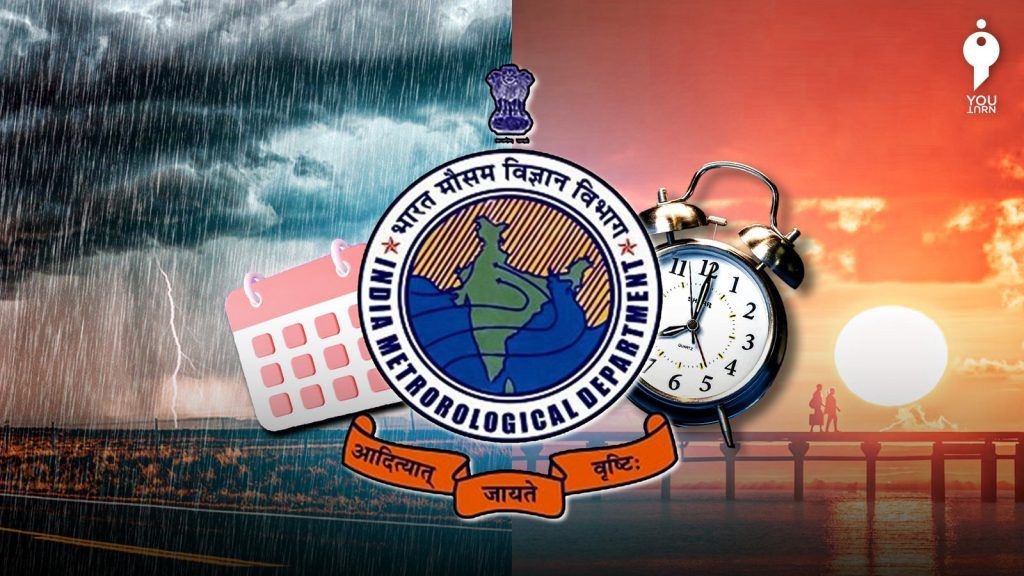Free Courses Sale ends Soon, Get It Now


Free Courses Sale ends Soon, Get It Now



Disclaimer: Copyright infringement not intended.
Context
India celebrating 150 years of India Meteorological Department
Detail
HISTORY
Mandates
Organisational structure
In addition, there are separate Divisions to deal with specialised subjects. They are: -
New projects/Schemes/Programmes approved/ initiated
Conclusion
|
PRACTICE QUESTIONS Q. IMD's contribution to global safety and economic development through its role as Regional and Global Centres for weather and climate forecasting is commendable. Discuss (200) |
© 2024 iasgyan. All right reserved